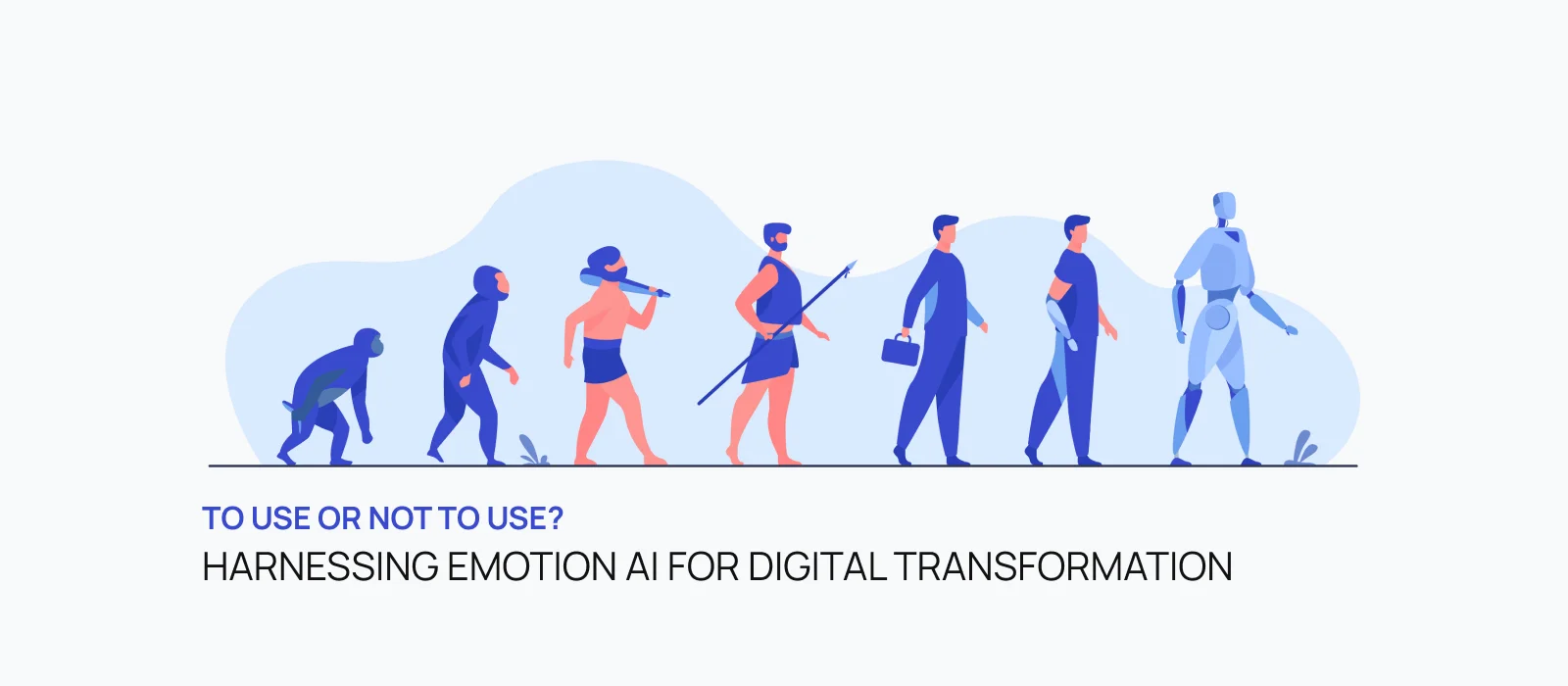UX UI Design Studio



Is doing things the analog way still in your organization’s best interests?
Digital transformation, which involves integrating tech into every aspect of an organization’s products, processes and strategies, has been quickly emerging as a way for companies to deliver value and meet demand in an increasingly digital economy. It isn’t vital solely because it helps organizations serve their customers better – it also provides them with an edge over competitors who are still struggling with inefficient, tedious processes and workflows, as well as unorganized, scattered data collection.
However, this shift – or attempt at one – has not been without its hurdles. Across tech-oriented industries, the success rate of efforts to transform digitally has been less than 30%. The results have been even more dismal in traditional industries like infrastructure and oil and gas (McKinsey, 2018).
A successful effort at digital transformation needs to necessarily involve any and all key stakeholders, whether that be customers or employees. If the focus remains purely on digitizing manual processes and not on how these changes will be received, then the human element gets missed – a mistake that can easily prove fatal to a company’s efforts to digitize in a way that enhances their value.
Ideally, at the very start. Digitizing first and then observing the impact the change has on your organization’s performance is a popular approach, but not necessarily the most effective one. It is far more valuable for stakeholders to be brought in when digitization is first being discussed as a shift the organization wants to make.
By getting their ideas and inputs, and then gradually testing new features as they are rolled out, organizations can make sure that they are on the right track, and that what they are doing is actually producing the results they want it to. While, on the surface, this might seem like a slower, more time-consuming process, in the long run, it saves both time and money by ensuring that nothing needs to be redone because the correct route and measures were not adopted the first time around.
Technology is only desirable when it’s valuable. In other words, integrating tech into your processes isn’t simply a way to play catch up with the rest of the word as it becomes more digital. When done right, it can add value to your product and services to such an extent that it makes usage and engagement skyrocket.
To understand what would increase user interactions with your organization, stakeholders need to be pulled into the design process at the earliest stage possible. Research, involving talking to stakeholders to truly understand their needs, wants, and pain points with your current system, is a natural starting point. By understanding the above, it is possible to ensure that the steps you are taking are well-thought out and not without reason. It will also make sure that resources are being invested into digital transformation in a prioritized, directed manner, rather than haphazardly and wastefully, thus, improving overall cost-efficiency as well. Once the research is done, designing can start.
Humans are easily driven and influenced by their emotions – a basic reality that affects their interactions and engagement with organizations, as well. Frustration and annoyance can discourage customers from using your products or employing your services, while satisfaction and joy can bolster loyalty to your brand. The aim of research when it comes to digital transformation is to figure out how to nurture and harness these positive emotions, and minimize or eliminate negative ones. Emotion AI is now gaining popularity as a way to achieve this outcome more efficiently and accurately.
Emotion AI involves technologies like eye tracking and facial coding, which can provide concrete, objectively observable data into what is going through a stakeholder’s mind while they are consuming or interacting with your product/services. It captures users’ emotions as they occur, leading to rich insights into what works and what doesn’t work for them – and, thus, what needs to be changed and how. Essentially, it is a tool that can be used to build a more natural, effortless interaction between humans and digital products/services by making machines more emotionally intelligent.
By tapping into your users’ emotions, you can connect with them on a deeper level and increase the chances that you will retain them as customers for the long run. Emotion AI can help in the measurement of user emotions at every touchpoint of their usage journey, and, thus, help your organization transform digitally in an effective manner supported by data. This also, of course, means that your organization has a better shot at achieving a successful digital transformation.
If digitization simply creates a bigger hassle for your users, then it will be more damaging than helpful. When pulled off well, however, digital transformation can maximize ROI and increase customer conversion, engagement, and retention for your organization. Emotion AI is increasingly becoming the best way to analyze large amounts of data related to users’ experiences with and perception of an organization’s product/services.
Industries like advertising and mental health are already using Emotion AI – but there are countless others which can benefit from it. By using techniques like facial and vocal analysis, machines can be trained to perceive and interpret user emotions, and respond to them in an appropriate manner.
Some examples of how Emotion AI can improve users’ experiences with an organization are:
While Emotion AI is certainly a very useful tool for digital transformation, ethical concerns still need to be taken into account, like those centered around user privacy, data security, and the manipulation of user emotions for organizational gain. However, as long as it is used responsibly, Emotion AI can help in the development of products/services that are truly user-centric and place humans at the forefront of any digital experience.

